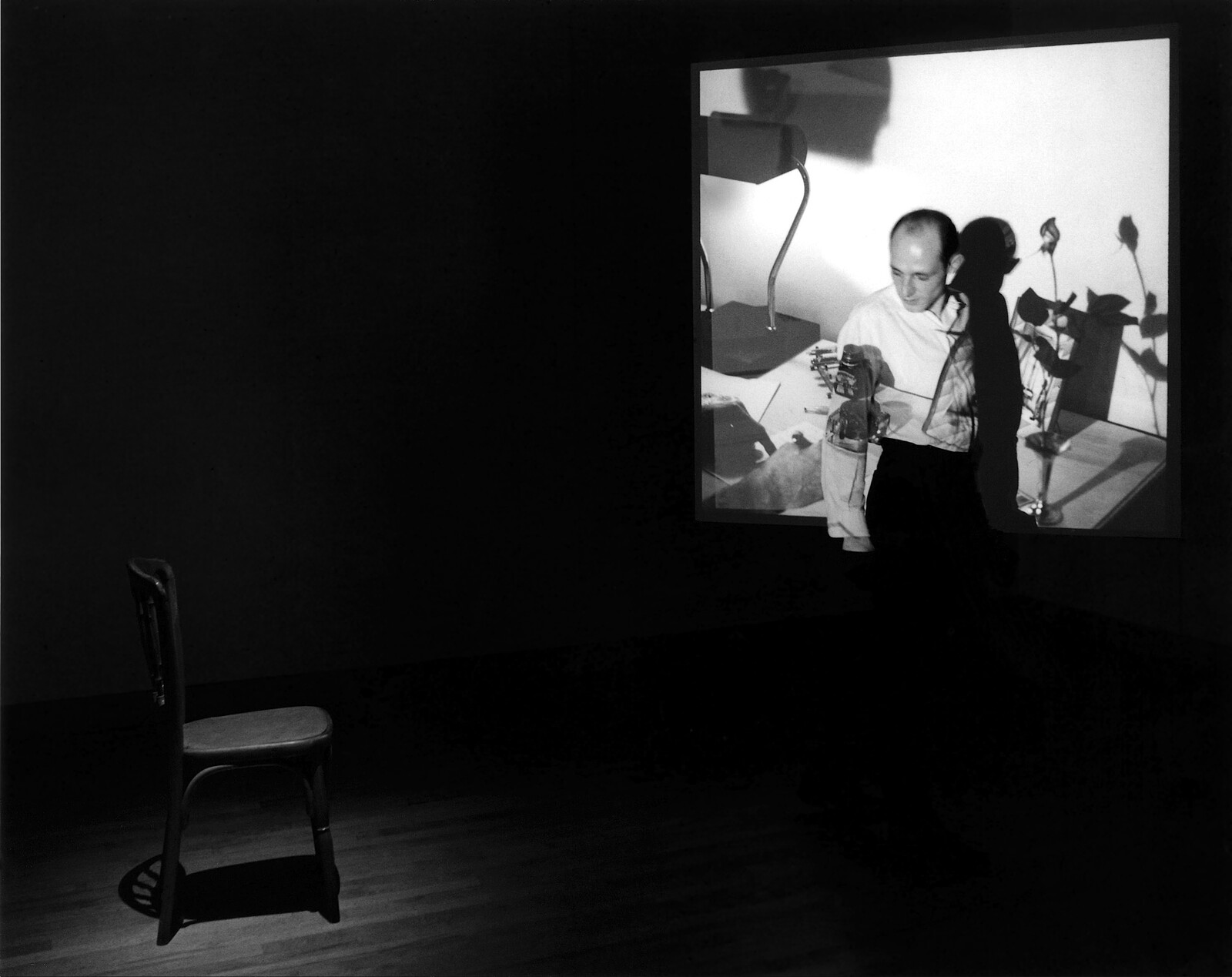Stuart Morgan wrote of Marc Camille Chaimowicz that through his work we can come to “Unlearn ‘art’. Unlearn ‘artwork’. Unlearn ‘closure.’ Unlearn ‘public’ and ‘private’. Finally, unlearn ‘man’.” Throughout his fifty-year career, the London-based French artist continued playfully reflecting on the changing relationship of the contemporary art field towards its peripheries. These once-forbidden pleasures included pop culture and the counterculture (particularly pop music), domesticity and the “House Beautiful,” androgyny, ornamentation, dandyism, “minor” artistic practices (figures like Jean Cocteau, a member of what he termed the “B list” of art history), male vulnerability and autobiographic exposure, and “applied” arts such as wallpaper, textile, and furniture design.
Informed by second wave feminism and the gay rights movement, his pioneering ’70s–’80s works, such as the scatter installation Celebration? Real Life (1972) or the mixed-media performance Partial Eclipse (1980), exhibit an at-once generous and elliptical sensibility that refuses to play it straight. Like curtains or folding screens, both of which he began exhibiting in the 1980s, his work feels hospitable while also working to keep certain things occluded from view. Championed by a younger cohort of enthusiastic critics, curators, and gallerists in the 2000s, a number of high-profile shows in the latter stages of his career also saw him playing with questions of repetition, temporal closure, and reconstruction, as well as the fashioning of an artist within their social constellation.
Chaimowicz was also—as this 726-page anthology from Sternberg Press suggests—a prolific writer. The book republishes performance scripts, interviews, his criticism, texts from artist’s books, statements of intent, and other miscellany. On closer inspection, however, though it does contain everything the artist ever published, almost half of this book’s many pages are also given over to contextualizing notes and commentary from its editor, the curator and critic Alexis Vaillant. Though these glosses often help to locate Chaimowicz’s occasional and louche writings relative to developments in his work and his broader artistic milieu, when the exhaustive introductory commentary to a text comes to exceed the text’s actual length fivefold, the book begins to resemble Nabokov’s comic portrayal of the over-editorializing Charles Kinbote in Pale Fire (1962).
Regrettably, this weighty edition does not find room for color plates or indeed facsimile reproductions from the sumptuous artist’s books Dream: an Anecdote by Marc Camille Chaimowicz Dreamt in the Winter and Recalled in the Spring of 1977 (1977), Café du Rêve (1985), or The World of Interiors (2006), necessitating fussy descriptions of how these texts were originally laid out. Considering the elegance and precision he lavished upon the overall design of a book like Café du Rêve—with its energetic, geometrically patterned friezes in his distinctive pastels and its montage of inset black and white images, inspired by Man Ray’s photo-essays—much is inevitably lost in their flattening reproduction here as straightforward texts. The artist described Café, which intermingles quotations from and allusions to André Gide and Albert Camus with a lugubrious third-personal narrative of romantic desolation, as being “conceived like a record, whose every chapter was a song.” Perhaps this new collection’s versions can then be approached as the a cappella cut for that record?
There is much more life in the interviews collected here, which track a self-scrutinizing intellect working through the pattern of his preoccupations and evolving processes in the company of cherished others (to purloin one of his lyrical exhibition titles). As the interviews and discussions progress, becoming far more frequent in his later years, there is also a recursive tracing over and reprisal of certain repeated references, ideas and motifs (for instance the different axiology of craft, and his relationship to older models of artisanship such as the journeyman), which seems to affirm the artist’s statement that “time is actually not necessarily chronological. I don’t think it’s linear. I think it folds in on itself.”
Of particular interest also are pieces from Chaimowicz’s short tenure as a performance art critic, first as a columnist for Studio International and then for Art Monthly. Here he brings his acute eye for detail to the late-70s UK performance art scene, when “live time-based art” was passing through the decisive early phases of its institutionalization (the first public museum surveys and art-historical treatments, as well as the formation of the Association of Performance Artists). Writing as a practitioner, he records the paradoxes thrown up by the professionalization and formalization of a medium that had historically been so attractive to avant-gardists for its license, remarking on “zoo-like” displays and the “alien strain of theatrical repertory” exerted by the museum’s expectation of repeat performances. He also blanches at machismo and domineering tendencies in the performance world (Klaus Rinke, Hermann Nitsch), inclining instead towards artists whose work resisted them. By the last in this sequence of texts, Chaimowicz the critic has already come to lament the inadequacy of “past-time” language for the thick description he feels necessary to do justice to the phenomenological “present-time” of experiencing performance.
The portrait of the artist that comes into view through Chaimowicz’s collected writings and interviews resembles the bustling eclecticism of his own portrait-installations of Jean Cocteau or Jean Genet: an elegantly stylized interior. In drawing attention to the literary dimensions to his work, this book casts a new light on an artist whose attitude was, as he stated in an interview with Catherine Wood, “built on a conditional dilettantism, [with] paradox … the creative method, ambiguity its means.”
Marc Camille Chaimowicz’s Writings and Interviews, edited by Alexis Vaillant, was published by Sternberg Press in February 2025.
